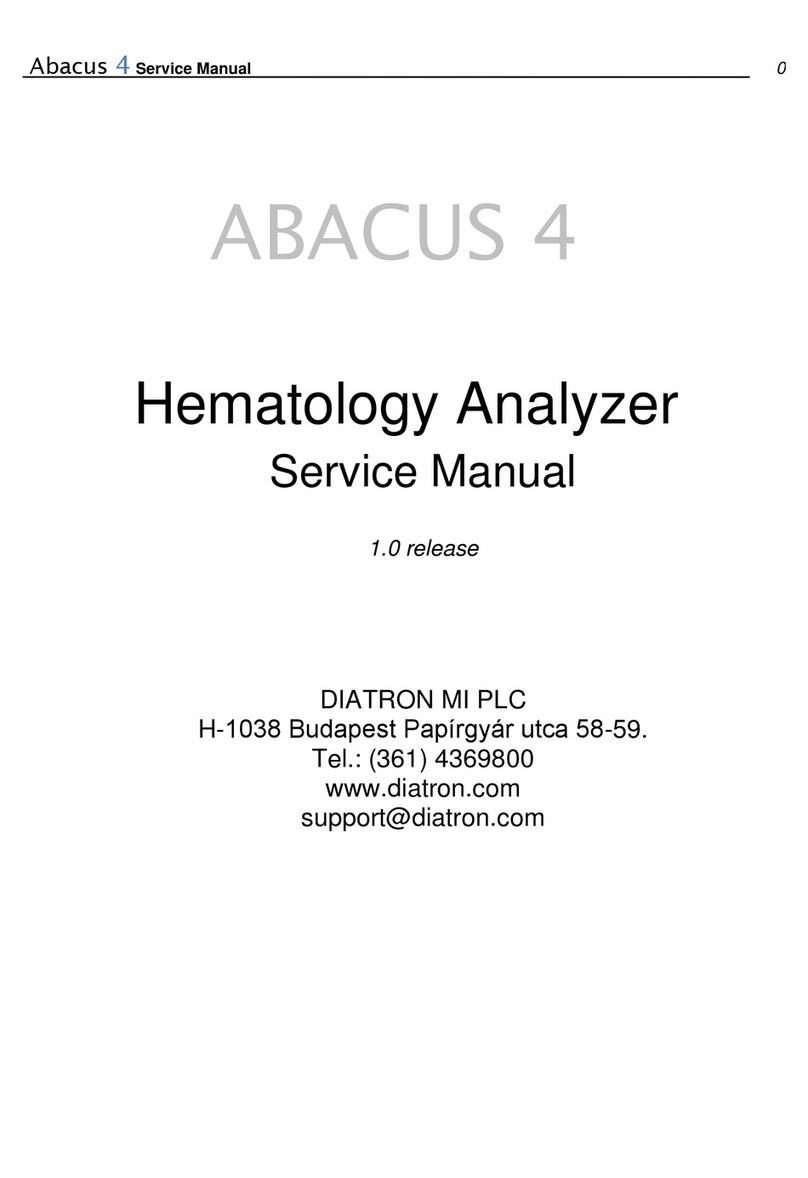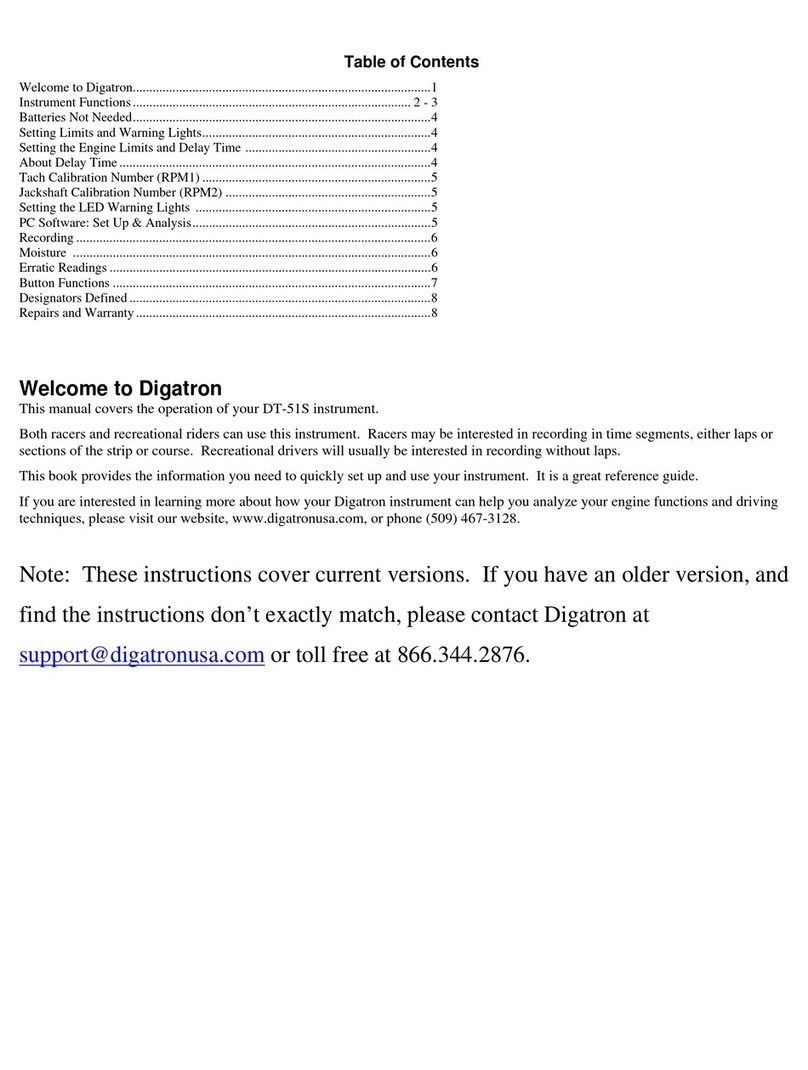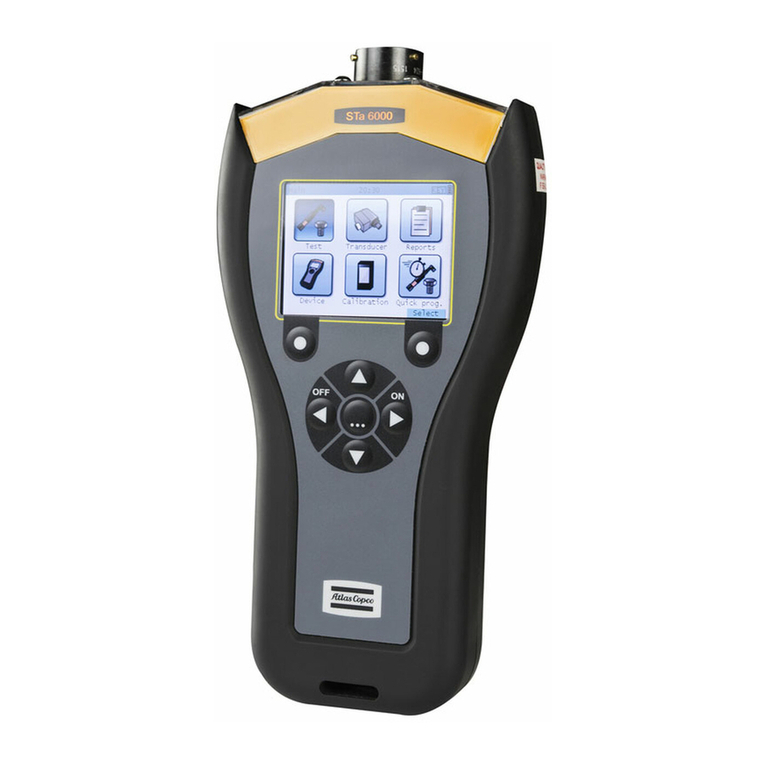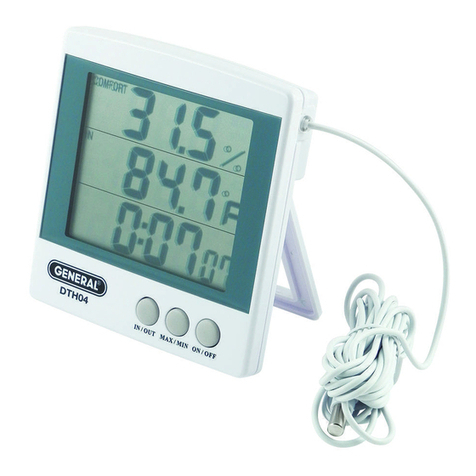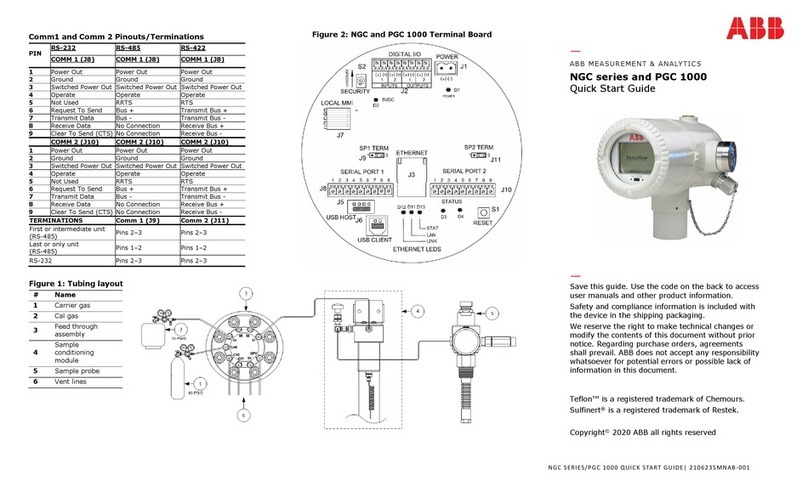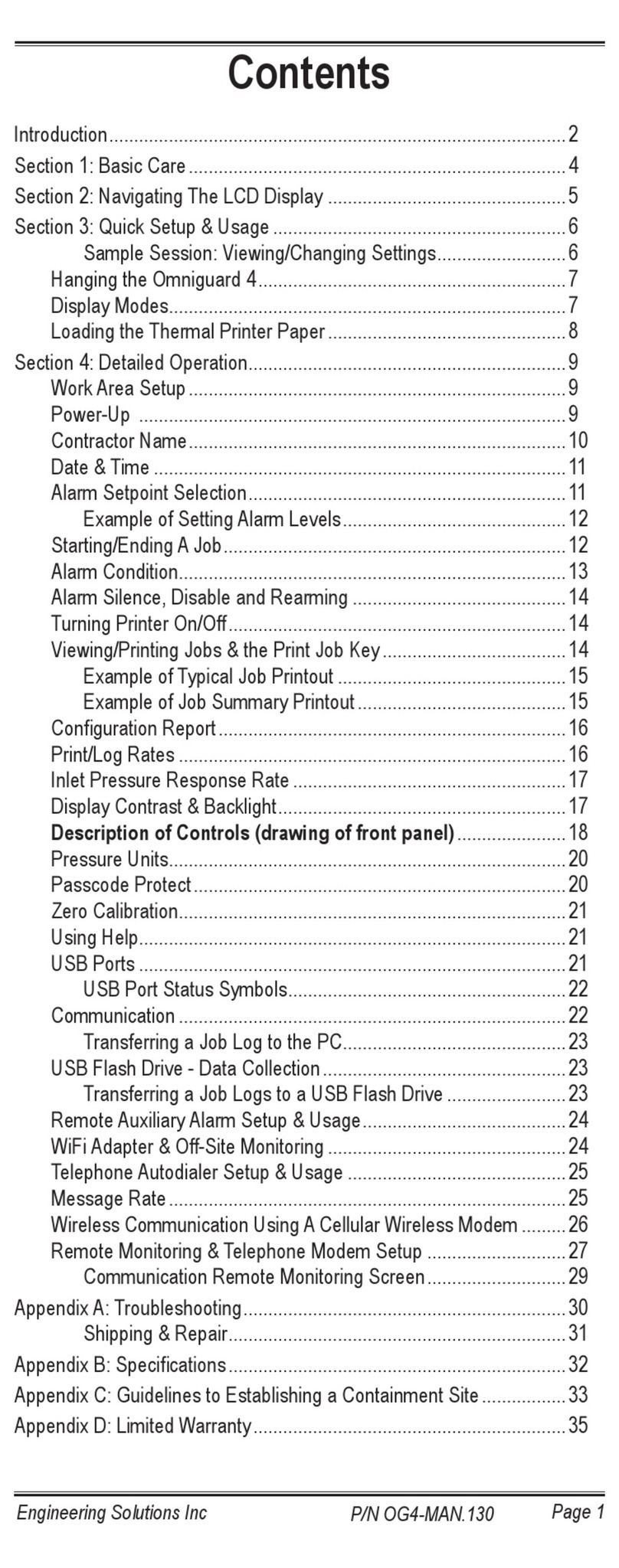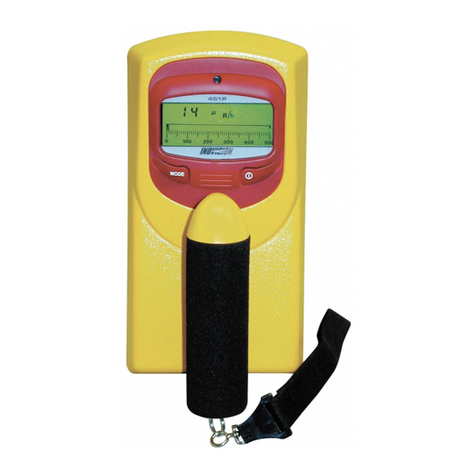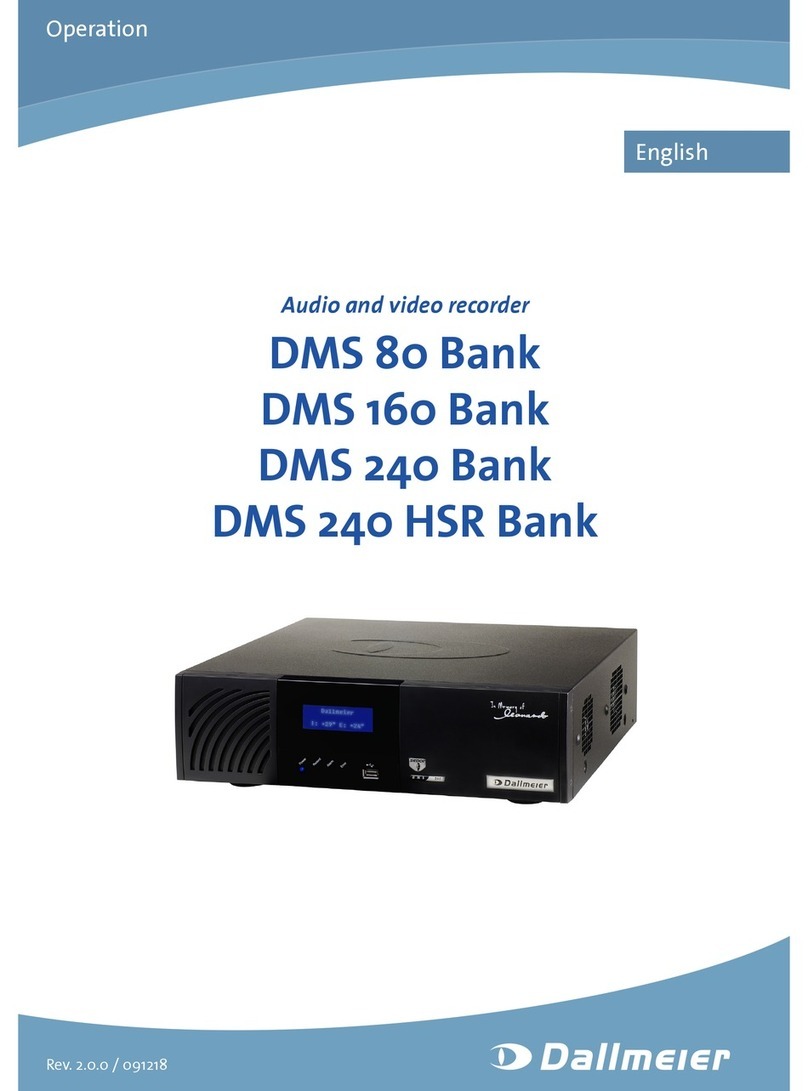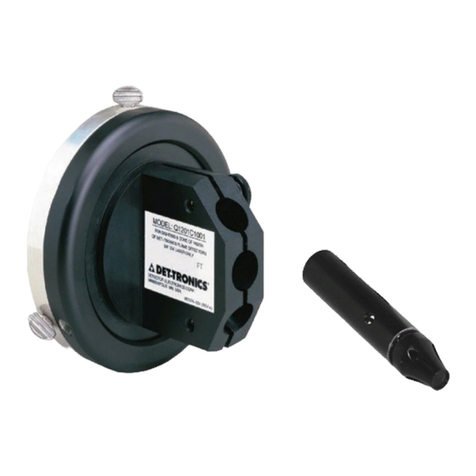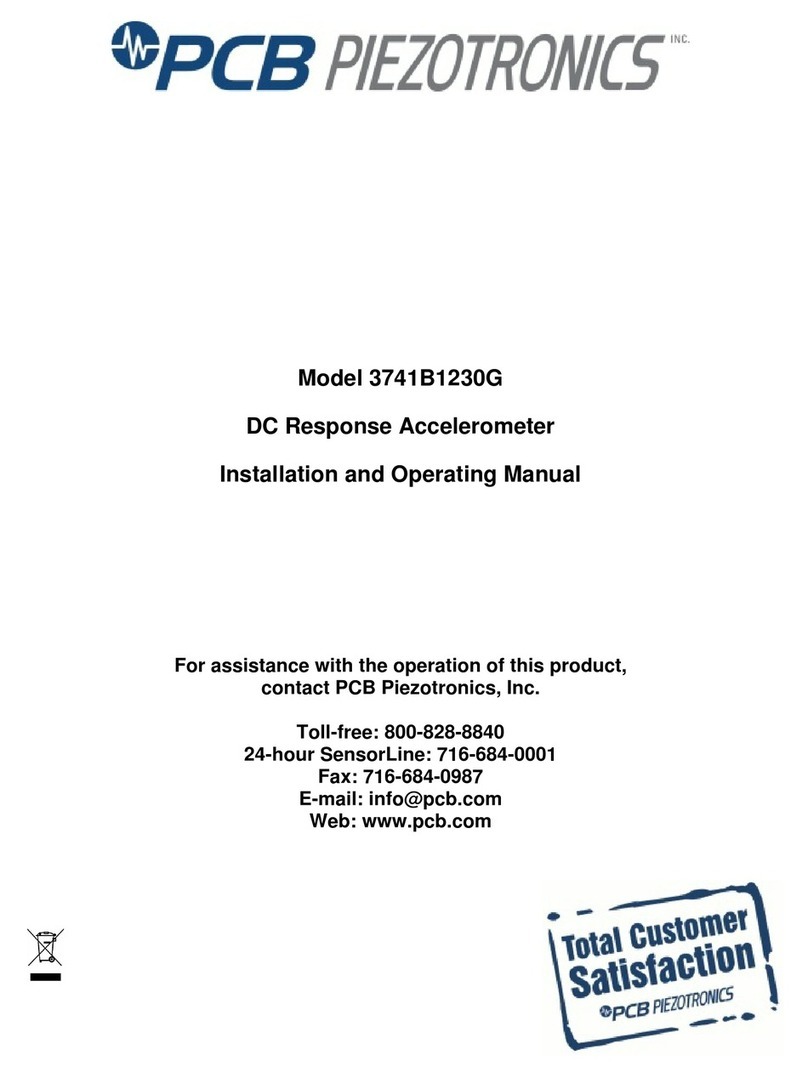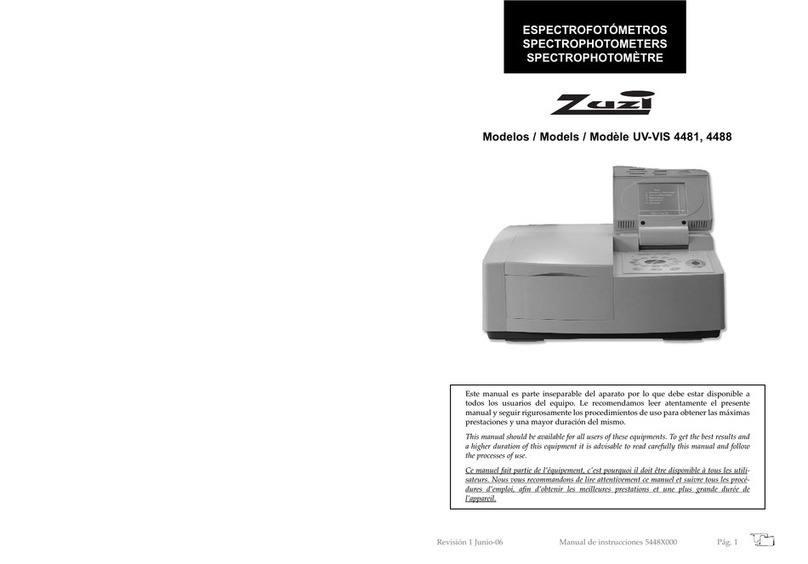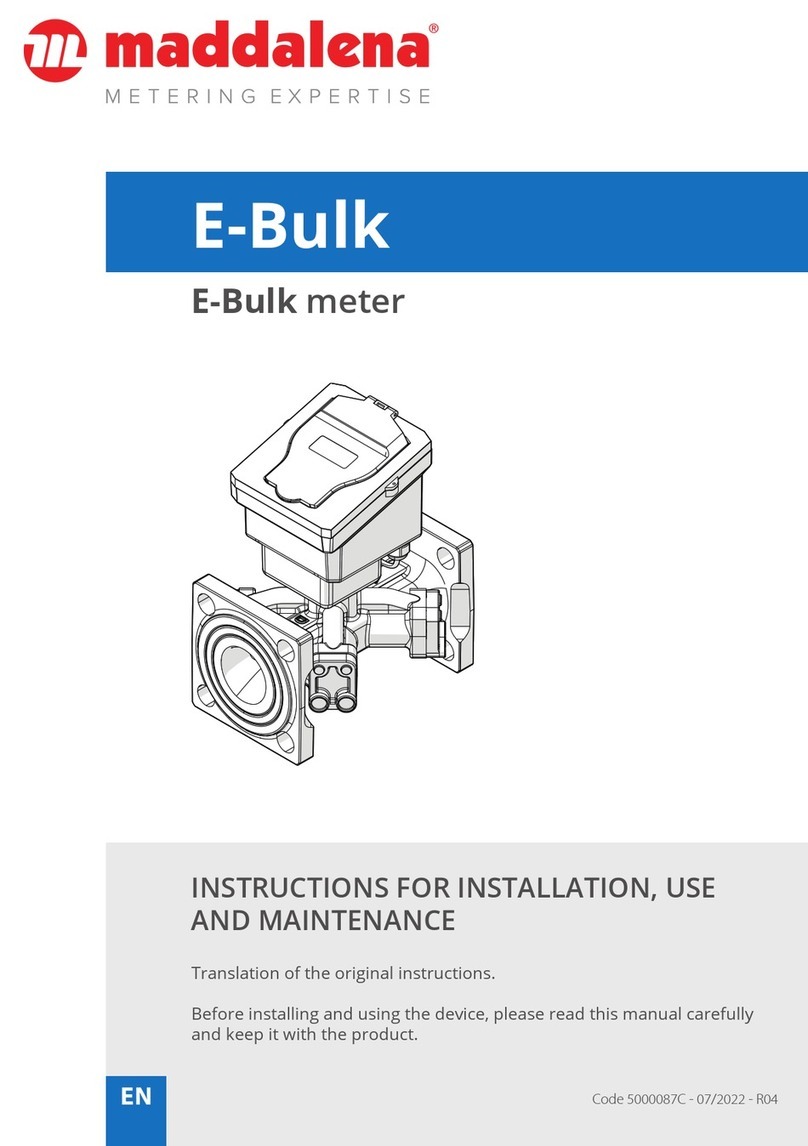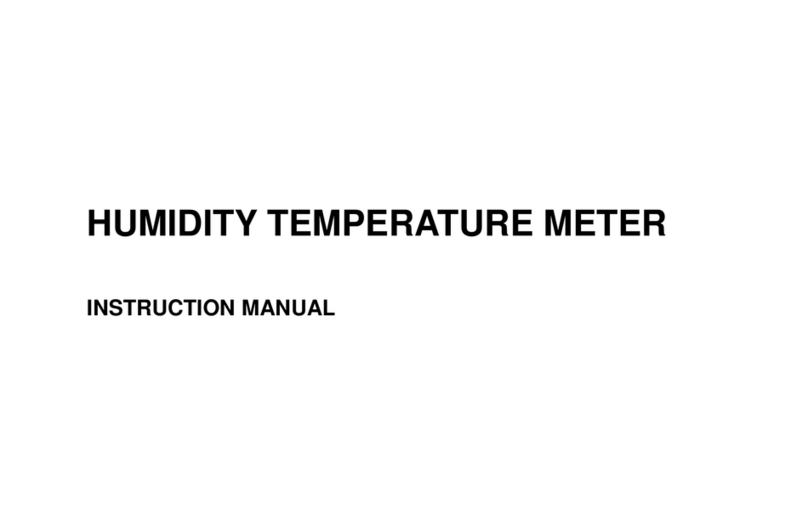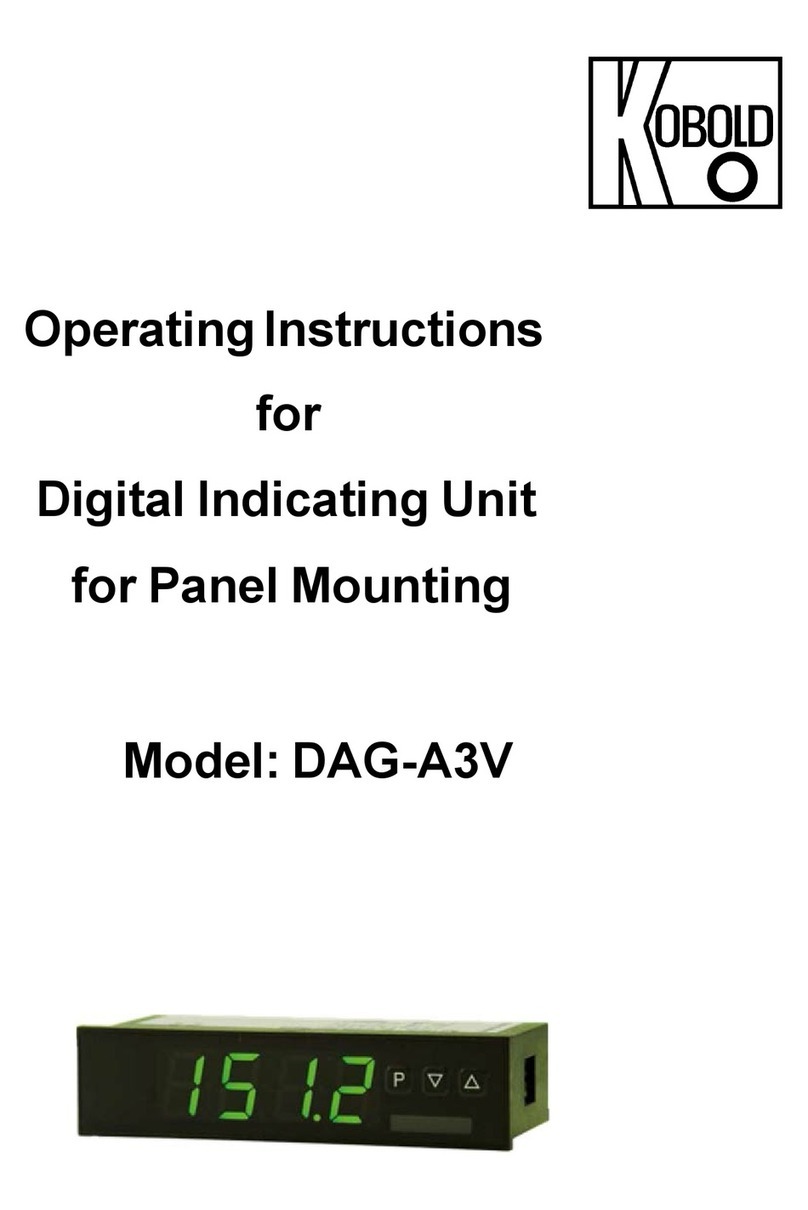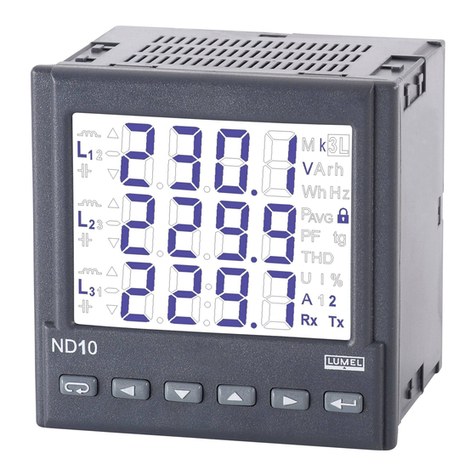Diatron Abacus + User manual

A
Ab
ba
ac
cu
us
s
+
+
Hematology Analyzer
Service Manual
Release 1.09
DIATRON Messtechnik Ges.m.B.H.
A-1141 Wien, Ameisgasse 49-51/2.
AUSTRIA
Tel.: (431) 914-85-00, 911-38-48
Fax: 914-85-07-15
Web: www.diatron.com
DIATRON MI Ltd.
H-58-59.
HUNGARY
Tel.: (361) 436-98-00
Fax: (361) 436-98-00
Web: www.diatron.com

Diatron MI PLC
rev 1.09
2
Revision history:
Revision
Section
Modification
By
At
1.00
All
PRELIMINARY
Support
Team
10-11.2006
1.09
All
Updating tubing schematic
Cust.Serv
May 2007

Abacus+Service Manual
rev 1.09
3
TABLE OF CONTENTS
1. INTRODUCTION ........................................................................................................................................7
1.1. NAME AND SERIAL NUMBER....................................................................................................................7
1.2. INTENDED USE ........................................................................................................................................7
1.3. INTEGRATED SOFTWARE .........................................................................................................................8
2. FUNCTIONAL DESCRIPTION.................................................................................................................9
2.1. MAIN ELECTRONIC PARTS OF THE ANALYZER..........................................................................................9
2.1.1. Counting chambers with electrodes and measuring apertures ...................................................10
2.1.2. HGB Head...................................................................................................................................10
2.1.3. Cell counter Amplifier Board......................................................................................................11
2.1.4. Control and Measurement Board (COMB) with DIMM-PC core...............................................12
2.1.5. DIMM-PC* Module ....................................................................................................................13
2.1.6. Configuration and ID E2PROM board (IDEPROM) ..................................................................13
2.1.7. Pneumatic and Power Board (PPB) ...........................................................................................14
2.1.8. Opto-boards for stepper motors..................................................................................................15
2.1.9. Valve boards ...............................................................................................................................15
2.1.10. Pressure Sensor...........................................................................................................................16
2.1.11. Digital Reagent Sensor Board.....................................................................................................16
2.1.12. LCD Display Module with High Voltage Board .........................................................................17
2.1.13. Keypad ........................................................................................................................................18
2.1.14. External Power Supply................................................................................................................18
2.2. MAIN MECHANIC AND FLUIDIC PARTS OF THE ANALYZER .....................................................................19
2.2.1. Sampling needle ..........................................................................................................................20
2.2.2. Washing head..............................................................................................................................20
2.2.3. H&V moving unit ........................................................................................................................21
2.2.4. Main Dilutor................................................................................................................................22
2.2.5. Micro Dilutor ..............................................................................................................................23
2.2.6. Puffer reservoir...........................................................................................................................23
2.2.7. Pump ...........................................................................................................................................23
2.3. ASSEMBLED ANALYZER........................................................................................................................24
2.3.1. Abacus+......................................................................................................................................24
3. ADJUSTMENT...........................................................................................................................................27
3.1. MECHANICAL SETTINGS ........................................................................................................................27
3.1.1. Opto wheel setting.......................................................................................................................27
3.1.2. Sampling needle setting...............................................................................................................28
3.2. HARDWARE SETTINGS...........................................................................................................................28
3.2.1. Amplifier offset setting ................................................................................................................28
4. OPERATION OF THE FLUIDIC SYSTEM ...........................................................................................29
4.1. BASIC PROCESSES .................................................................................................................................30
4.1.1. Sampling process ........................................................................................................................30
4.1.2. Needle washing process ..............................................................................................................31
4.1.3. Diluting processes.......................................................................................................................32
4.1.4. Fluid transfer from MIX chamber to WBC chamber...................................................................33
4.1.5. Lysing process.............................................................................................................................34
4.1.6. Counting process.........................................................................................................................35
4.1.7. Aperture priming process............................................................................................................36
4.1.8. WBC chamber draining process..................................................................................................37
4.1.9. RBC chamber draining process ..................................................................................................38
4.1.10. Cleaner priming process.............................................................................................................39
4.2. MAIN FUNCTIONS OF FLUIDIC SYSTEM...................................................................................................40
4.2.1. Initialization................................................................................................................................40
4.2.2. Wake up.......................................................................................................................................40
4.2.3. Measurement cycle......................................................................................................................41
4.2.4. Standby........................................................................................................................................47
4.2.5. Cleaning......................................................................................................................................48
4.2.6. Hard cleaning .............................................................................................................................48
4.2.7. Shutdown.....................................................................................................................................48

Diatron MI PLC
rev 1.09
4
5. CHECKING THE PROPER OPERATION.............................................................................................49
5.1. SELF TEST .............................................................................................................................................49
5.1.1. Self test Screens...........................................................................................................................49
5.1.2. Normal range of Self Test parameters.........................................................................................50
5.1.3. Troubleshooting Guide for Self test.............................................................................................50
5.2. SERVICE MENU.....................................................................................................................................51
5.2.1. Entering to Service Menu............................................................................................................51
5.2.2. Main Service Menu......................................................................................................................51
5.2.3. Edit service contact .....................................................................................................................51
5.2.4. Device Information......................................................................................................................51
5.2.5. Service Calibration......................................................................................................................52
5.2.6. Settings ........................................................................................................................................52
5.2.7. Service Testing Menu ..................................................................................................................55
5.2.8. Valve Test Menu..........................................................................................................................55
5.2.9. Motor Test Menu .........................................................................................................................55
5.2.10. Display and Keyboard Test .........................................................................................................56
5.2.11. Stress Mode .................................................................................................................................56
5.2.12. Miscellaneous Settings ................................................................................................................57
5.2.13. Multi-user Rescue Code ..............................................................................................................57
6. SERVICE OPERATION............................................................................................................................58
6.1. OPENING THE INSTRUMENT...................................................................................................................58
6.2. MDA (MONOCHROME DISPLAY ADAPTER)EMULATION MODE.............................................................58
6.3. KEY BIOS SETTINGS FOR CORRECT OPERATION....................................................................................58
6.4. CHECKING THE BIOS SETUP..................................................................................................................60
6.5. BIOS-DESCRIPTION ..............................................................................................................................60
6.6. DOS FUNCTIONS ON THE INSTRUMENT..................................................................................................62
7. TROUBLESHOOTING .............................................................................................................................63
7.1. ERROR CODES .......................................................................................................................................64
7.1.1. Software/system errors ................................................................................................................64
7.1.2. Pneumatic errors.........................................................................................................................64
7.1.3. Measure errors............................................................................................................................65
7.1.4. Printing errors.............................................................................................................................66
7.1.5. Other errors.................................................................................................................................67
7.2. WARNING MESSAGES ............................................................................................................................68
7.2.1. Pneumatic warnings....................................................................................................................68
7.2.2. Database relating warnings ........................................................................................................69
7.2.3. Warnings relating to QC measure...............................................................................................69
7.2.4. Calibration relating warnings.....................................................................................................69
7.2.5. Hardware relating warnings .......................................................................................................70
7.2.6. Other warnings............................................................................................................................70
7.3. POSSIBLE CAUSES OF NOISE..................................................................................................................71
7.3.1. Contaminated reagent .................................................................................................................71
7.3.2. Bad earth grounding ...................................................................................................................71
7.3.3. External electrical noise..............................................................................................................72
7.3.4. Internal noise sources..................................................................................................................72
8. MAINTENANCE........................................................................................................................................74
8.1. WEEKLY MAINTENANCE BY USER ........................................................................................................74
8.1.1. Cleaning the washing head .........................................................................................................74
8.2. PERIODIC MAINTENANCE BY SERVICE ..................................................................................................74
8.2.1. Check Self test and Device statistics............................................................................................74
8.2.2. Cleaning and Greasing Dilutor Block.........................................................................................74
8.2.3. Checking and Lubricating Dilutor Piston Tips ...........................................................................74
8.2.4. Cleaning and Lubricating Needle Moving Mechanics ................................................................74
8.2.5. Checking and Replacing Washing Head .....................................................................................74
8.2.6. Checking and Replacing Peristaltic Pump Tube.........................................................................74
8.2.7. Checking condition of lyse tubing ...............................................................................................75
8.2.8. Bleaching of Fluidic System........................................................................................................75
9. SPARE PARTS ...........................................................................................................................................76

Abacus+Service Manual
rev 1.09
5
10. APPENDICES ........................................................................................................................................80
10.1. WARNING FLAGS...................................................................................................................................80
10.2. SERIAL COMMUNICATION PROTOCOL ...................................................................................................82
10.2.1. General Description....................................................................................................................82
10.2.2. Format of Packages Sent ............................................................................................................83
10.2.3. Format of Acknowledge of the Receiver......................................................................................83
10.2.4. Detailed Description of Packages...............................................................................................83
10.2.5. Serial Protocol 1.0 ......................................................................................................................88
10.2.6. Serial Protocol 1.7 ......................................................................................................................89
10.2.7. Serial Protocol 2.20, 2.23 ...........................................................................................................90
10.2.8. Serial Protocol 3.0 ......................................................................................................................91
10.3. ABACUS+CABLING DIAGRAM ...............................................................................................................95
10.4. ABACUS+TUBING SCHEMATICS ............................................................................................................96
10.5. RECOMMENDED KIT OF TOOLS ..............................................................................................................97
10.6. ELECTRONIC SCHEMATICS ....................................................................................................................97

Diatron MI PLC
rev 1.09
6

Abacus+Service Manual
rev 1.09
7
1. INTRODUCTION
Although Abacus+ Abacus junior instrument, it has special
and different characteristics compared to other junior family members. We issue a
dedicated Service Manual for this instrument; information herein applies for
Abacus+.
To be well up in the instruments, please read this manual carefully to have the
knowledge for servicing the instruments perfectly and avoid extra costs and wasting
precious time.
This Abacus+ Service Manual contains the functional descriptions of the analyzer,
operation of the fluidic systems, adjustments and settings, and very important information for
the Service Personnel about the service operations and possible problems.
1.1. Name and serial number
Name: Abacus+ Hematology Analyzer
Serial No.: Every instrument has its own serial number, which is printed on the rear panel
label and it can be read out from Device Information or from the self test
submenu. This identity number is write-protected by DIATRON.
1.2. Intended use
Abacus+ hematology analyzer is a fully automated cell counter for in vitro diagnostic use.
The compact instrument was developed for small clinics, point-of-cares and vet offices.
Abacus+ can process 60 samples per hour and is intended to determine the following 18
hematology paramet
WBC - LYM# - MID# - GRA# - LYM% - MID% - GRA% (three-part WBC differential)
HGB - RBC - HCT - MCV - RDW - MCH - MCHC
PLT - MPV - PCT PDW

Diatron MI PLC
rev 1.09
8
1.3. Integrated software
The integrated software controls the instrument operations, displays, stores, recalls data,
and allows the user to perform QC and calibration procedures and modify the user settings.
The software version number can be read out from the Device Information or from the Self
test submenu.
Software is absolutely “Plug and Play”,it can read out and detect the type and the serial
number of the instrument, therefore it will run the correct program for the hardware, without
any user or service help. Every Abacus+ software version is upgradeable (using an USB
drive) by the latest program developed by DIATRON, and it can be downloaded from:
www.diatron.com

Abacus+Service Manual
rev 1.09
9
2. FUNCTIONAL DESCRIPTION
2.1. Main electronic parts of the analyzer
Abacus+ contains the following electronic parts:
1. Counting chambers with electrodes and measuring apertures
2. HGB Measuring Head
3. Cell Counter Amplifier Board (behind the chambers)
4. CPU Board with DIMM-PC and measurement processing unit (COMB Board)
5. Pneumatic and Power Board (PPB) with motor controllers, valve & pneumatic
controller, pump driver and power supply for internal printer (+8V) and digital circuitry
(+5V)
6. Safe configuration E2PROM board connecting CPU board and PPB
7. Motors with common opto-board of needle moving motors (H/V)
8. Main dilutor block with opto-board for diluent, lyse
9. Micro-dilutor block with opto-board for sampling
10. Valve boards (set of 5 and max. 7)
11. Peristaltic Pump
12. Pressure Sensor
13. Digital Reagent Sensor Board
14. Graphic LCD Display Module with High Voltage Board
15. LCD and Keyboard controller and Keyboard Panel
16. Internal Printer
Abacus+ Electronic Functional Block Diagram

Diatron MI PLC
rev 1.09
10
2.1.1. Counting chambers with electrodes and measuring apertures
Impedance method is used for determination of volume and number of cells. In this method
a known volume of dilution is drawn through a small aperture. Constant current is passed
through the aperture from one side to the other. When a cell passes through the aperture, it
causes a change in resistance, which generates a voltage pulse.
The amplitude of the voltage pulse is proportional to the ratio of cell volume per aperture
volume. This is used to determine the volume of cells. The number of cells can be obtained
by counting the pulses.
perture, and
-shaped
metal fixing as it is shown in the next figure.
The aperture is made of ruby and it is moulded into the measuring tube.
2.1.2. HGB Head
Hemoglobin head is placed on the two sides of the WBC chamber.
It contains: light source (LED) at 540 nm wavelength and Photo Detector (TSL235). The
Photo Detector converts the light to frequency. The HGB concentration is a logarithmic
function of this frequency measured by the FPGA circuit of the COMB card.
Connection to the amplifier
LED
TSL235
Assembled Cell-counter Probe
Measuring tubes
Red rings mark
measuring tubes:
One: RBC
Two: WBC
Measuring tube
Reference electrode
U-shaped metal fixing
O-ring

Abacus+Service Manual
rev 1.09
11
The analyzer performs enhanced Hemoglobin measurement technology for HGB
measurement. The output of HGB head is frequency (TSL235 detector is light to frequency
converter). This signal is counted by a digital counter in the FPGA circuit/micro-controller.
This counter counts up while the LED is on and counts down while the LED is off, the LED
s the HGB measurement more precise in changing
backlight environment situation as well.
There are two kinds of HGB measurements:
Sample measurement (before RBC counting)
Diluent measurement (in WBC washing phase)
The HGB result is calculated from these measurements by:
HGB log (CNTdiluent light / CNTsample light)
In spite of the fact that Abacus+ is less sensitive to incident light changes it is
recommended to keep side door closed during measurements.
2.1.3. Cell counter Amplifier Board
Amplifier board includes its own voltage regulator, the connection interfaces to HGB head, to
high voltage board and to COMB card. In this board there is the current generator circuit,
which works from 50 V measuring voltage (generated by High Voltage Board) and the probe
voltage (DC) is amplified with a voltage follower (output: ELV). Nominal measuring current is
870 µA.
Amplifier board includes two input connectors for the chambers (measuring electrodes).
There are two reed relays on the input side: IC10 can select between the two channels
(RBC, WBC) with RSW signal; IC11 connects high voltage to the selected probe with HSW
signal. Test circuit makes possible to generate test pulses (with TEST and PLS signals
through FETs) for checking the proper operation of the amplifier channel.
Connection to COMB (AMP and DIGIO)
Connection to the HVB
Reed relays

Diatron MI PLC
rev 1.09
12
Amplifier board includes a 3-stage main amplifier channel, which gains to the input signal to
the 0...5 V range (this is the input range of the A/D converter, which is placed on the COMB
card). There is an offset potentiometer, P1 in the third amplifier stage, manufacturer sets the
correct offset voltage.
Adjust the offset voltage only in case it is out of the +/- 5mV range.
DHON signal (from the COMB card) switches on the LED in the HGB head via a transistor
(Q3), but the Photo Detector in the HGB head is working continuously.
The other side of the amplifier board contains special connectors for the chambers and the
HGB head.
2.1.4. Control and Measurement Board (COMB) with DIMM-PC core
The compact COMB incorporates a single PC and its environmental functions, as well as the
specific measurement processing functions in one board.
PC system of the COMB board is based on the DIMM-PC module, which is a credit card
size PC with AMD Elan SC520 133 MHz micro-controller. DIMM-PC itself contains 16 or
32Mbyte RAM and same size of FlashDisk that acts like a hard disk. DIMM-PC module is
easily replaceable as it has an open socket (it has also a screw for safe fixing). COMB card
contains single ICs and some drivers/protection-circuits for the interfaces such as COM1,
PS2, USB, IDE and Speaker.
Measurement processing is based on a FPGA circuit. After power on, the FPGA holds the
DIMM-PC in wait state (with IOCHRDY signal) until the PIC configures the FPGA circuit from
the IDEPROM (status LED is red during configuration). After that the FPGA controls the
entire pneumatic system through the Pneumatic I2C bus, the Keyboard and Display module
with video RAM for MDA (Monochrome Display Adapter) emulation, and Start button &
status LED. FPGA circuit also performs measurement data acquisition by using the 10-bit
A/D chip. FPGA makes digital data processing and stores the results in the internal FIFO
memory. Cell parameters are sent to the DIMM-PC by single DMA cycles.
PS2
keyboard
nnection
USB B
COM 1
USB
USB
IDEPROM
connection
HVB
connection
Display
connection
Floppy
connection
IDE
connection
DIGIO
Amplifier
connection
Speaker

Abacus+Service Manual
rev 1.09
13
2.1.5. DIMM-PC* Module
The MB4 board incorporates a credit-card sized PC, named DIMM-PC*. The processor on
the DIMM-PC is a 133MHz Pentium-class core, with 32Mbytes on-board RAM, and
32Mbytes on-board FlashDisk. This is the HDD (hard disk drive) of the analyzer, so
instrument software with all user settings, calibration, database, etc. is stored on the DIMM-
PC. DIMMPC® is the Trade Mark of Kontron Embedded Modules GmbH
2.1.6. Configuration and ID E2PROM board (IDEPROM)
This board is the interconnection between COMB and PPB cards: Pneumatic I2C bus, power
lines and internal printer signals are connected through this card. The board also contains a
24FC256 serial E2
information of the instrument (Serial Number, OEM, model, etc.).
Keeping the hardware identity information (write-protected), IDEPROM allows running the
correct software.
E2PROM
Flash BIOS
Edge connector
Super I/O
Hard Disk
(FlashDisk)
Clock
generator
On-board SMPS
AMD Elan
SC520 CPU
32 Mbytes RAM
FlashDisk
controller

Diatron MI PLC
rev 1.09
14
2.1.7. Pneumatic and Power Board (PPB)
PPB card contains the main power regulator circuits, valve and motor driver circuits and
X_Y_SR
Horizontal, Vertical &
Sample rotor connection
FLOPPY/CD
Power to
Floppy/CD
PUMP
Peristaltic pump
connection
REAGENT_SENSOR
Reagent sensor
connection
VALVES
Valve connections
PRINTER
Internal
printer
connection
+12V_IN
Power input
I_PCB_CONNID
board connection
DIL_MDIL
Main Dilutor
connection
PRESSURE
Pressure sensor
connection
MDIL
Micro dilutor
connection
5V voltage
regulator
(on chassis)
PPB card contains the main power regulator circuits, valve and motor driver circuits and
other connections for the fluidic and p
Power system generates +5V (Digital power), +8V (Printer power) and +12V (Motor and
valve power) from the single +12V DC input signal.
Motor driver part consists of six separated PIC micro-controllers with power drivers.
Horizontal, Vertical and Sample rotor motors have one combined ribbon cable connection.
Main Dilutor (with two motors) and Micro-dilutor have separated connectors.
Valve driver section is based on the valve driver PIC micro-controller and three 8-bit,
powered output shift registers (with built in protection diodes) and there are two common
ribbon cable connections for the 4 valve boards. The peristaltic pump has a separated
Darlington driver circuit for more reliable operation.
All the 7 (6 for motors, 1 for pneumatic) microcontroller have 2 LEDs: a yellow one and a
green one.
The yellow one indicates motor moving or holding and active valve or pump moving. (it
means current flows into motors, valves or pump)

Abacus+Service Manual
rev 1.09
15
The green one has 3 states:
dark: (after initialization phase) error state,
blinking: communication in progress - normal state
on(just lighting): OK - normal state
2.1.8. Opto-boards for stepper motors
There are five stepper motors in the system: Horizontal and Vertical motors, which make the
movements of the sampling needle; the main Dilutor motors (2), which move the syringes
and the micro Dilutor motor, which drives the sampling phase. The stepper motor opto
boards make the connections between the motor driver ICs and motors, and have opto
optos is indicated by two LEDs on each stepper motor opto boards.
Dilutor and Micro-dilutor have its own separated opto-board, located directly in the units.
Horizontal and Vertical motors have a common Opto-board, called XYopto Board:
The other side of the board contains a ribbon cable connection to the COMB.
2.1.9. Valve boards
There are two kinds of valve boards: Valve board 0-5 and Valve board 6-12.
The valve boards are connected to controller and driver chips are located on the PPB.
Valves
Valve Board
Connection to PPB
Opto switches & LEDs
for Vertical motor
Opto switches & LEDs for Horizontal motor
Connections for Hoirizontal &
Vertical motors

Diatron MI PLC
rev 1.09
16
Reference detector
Reagent detectors
Control LEDs
2.1.10. Pressure Sensor
This is an MPX5100AP calibrated pressure sensor, which can measure the required air
pressure and vacuum. The Pressure Sensor is connected directly to the PPB card.
The pressure sensor can operate from +5V only. It is a calibrated sensor with 0-1.1 Bar input
range. Do not apply more than 1.5 Bar to it, because it can ruin the pressure sensor.
2.1.11. Digital Reagent Sensor Board
This board contains four liquid detector opto-detectors (optos) and a reference opto for
automatic temperature and stray light compensation. The reference opto is located in the
middle and it has the same temperature and backlight conditions as the sensing ones.
The Reagent Sensor Board is connected to the PPB card, and the valve driver micro-
controller makes the sensing and compensating operations.
Instrument makes automatic initialization called calibration of reagent sensors during
priming phase of fluidics.
Connection to Puffer reservoir
Connection to:
PPB

Abacus+Service Manual
rev 1.09
17
2.1.12. LCD Display Module with High Voltage Board
Display assembly contains the 240x128 dots graphics LCD display and the high voltage
board. LCD has a high voltage backlight lamp (high voltage board generates the required
voltage).
There is a special temperature compensation circuit in the display module, which makes
possible to use the LCD module in wide temperature ranges with the adjusted contrast.
High Voltage Board (HVB) generates LCD backlight voltage (300V), aperture cleaning
voltage (150V), and measuring voltage (50V). The high voltage board is connected to the
system through the amplifier board and the COMB card. This unit contains INVC191
inverter, which is a high voltage, high frequency circuit producing suitable voltage for CCFL
(cold cathode fluorescent lamp) of the LCD.
The CFSW digital signal (from the COMB card) controls HVB: logical LOW turns inverter on.
The MVON digital signal (from the COMB card) switches the measuring voltage (50 V) on/off
by O1 opto switch.
Warning! Be careful with servicing this board in active state, because the high
voltage (300V) at LCD lamp connector can cause damages or electric shock.
Start key is a micro-switch, connected to the COMB card (through the Display ribbon cable).
The status LED indicates the actual status of the analyzer and it has two colors: red and blue
pins. Start key and status LED are controlled by COMB.
LCD &
Keypad
controller
LCD module
Keypad connector
Start key
connection and
status LED
LCD backlight
lamp
Connection
to LCD lamp
Connection to
COMB and
amplifier

Diatron MI PLC
rev 1.09
18
2.1.13. Keypad
The analyzer has a 29-button foil keypad including numerical keypad (0-
moving, OK and Del buttons, and 6-6 function buttons, above and under the LCD display as
it is shown in the picture below:
2.1.14. External Power Supply
The analyzer works with an external power supply. The next figure shows the power supply
unit generating 12VDC.
The power supply modules have an auto range input, which makes possible to use them
with 230V or 115V mains outlet and it has the CE and UL safety certification. The input
socket of the power supply is a standard 3-terminal plug, with power cable connection; the
output is a special, lockable socket as it is shown in the picture.
115V or 230V
AC inlet
12V DC outlet
Cursor buttons
Status LED
Function buttons

Abacus+Service Manual
rev 1.09
19
2.2. Main mechanic and fluidic parts of the Analyzer
Abacus+ Hematology Analyzers consist of the following mechanic and fluidic parts:
1. Sampling needle
2. Washing head
3. H&V moving unit
4. Micro Dilutor
5. Dilutor
6. Chambers
7. Cell-counter probes
8. Puffer reservoir
9. Pump
10.Valves
11.Tubing

Diatron MI PLC
rev 1.09
20
2.2.1. Sampling needle
Sampling needle is assembled in the H&V moving unit and it makes the sample aspirations.
Correct setting of sampling needle is necessary and very important (see Chapter
Adjustments).
2.2.2. Washing head
Washing head is located at the bottom of the H&V moving unit and it is for cleaning the outer
surface of the sampling needle. This washing process is made with diluent reagent and the
fluid is drained by the pump. The arrows on the picture show the direction of diluent flow
during sampling needle washing.
Clean or replace washing head yearly, or after 10 000 measurements.
Clean diluent
Pump to waste
Table of contents
Other Diatron Measuring Instrument manuals
